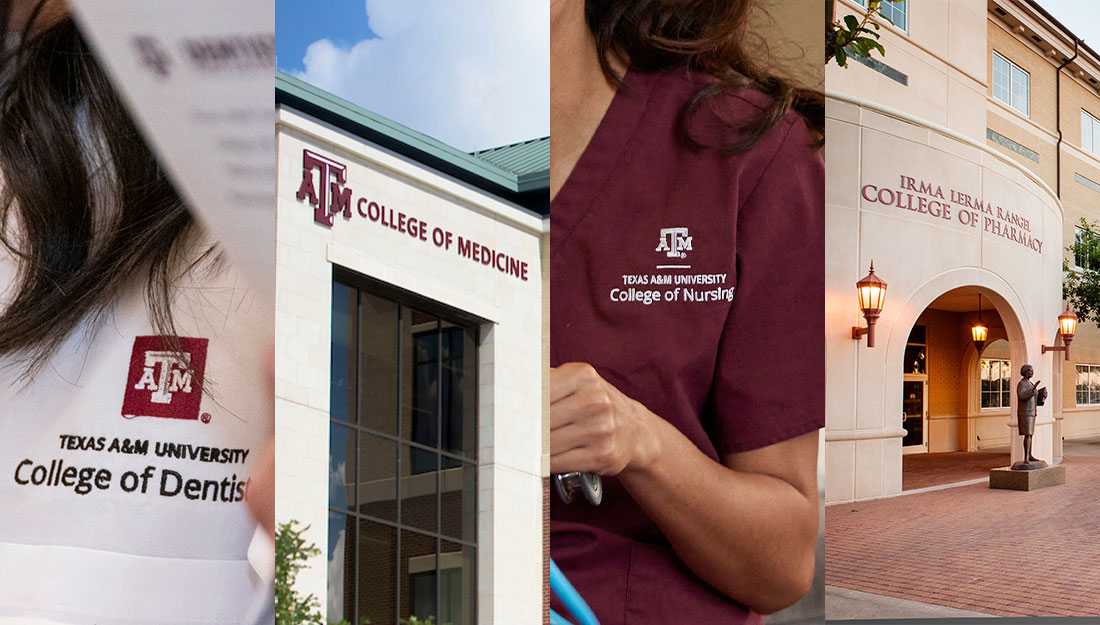- Lasha Markham
- Dentistry, Health Tips, Healthy Living, Show on VR homepage
Beware the sweet scare: Don’t let Halloween haunt your teeth
The treats you and your kids consume this season may have a long-lasting impact on oral health

What's lurking in your kid's trick-or-treat bucket could be a real scare for teeth and gums.
(Adobe Stock)
As Halloween approaches, ghosts and goblins aren’t the only spooky threat lingering. Sugary treats could be a risk to dental hygiene, said Deborah Foyle ’05, associate professor and interim department head of Periodontics and Endodontics and director of the Predoctoral Program in the Department of Periodontics at the Texas A&M University College of Dentistry.
Eating sugar comes with several dangers to dental health, Foyle said. The first is risk to the enamel. When sugar is introduced into the mouth, it lowers the pH, creating a more acidic environment and weakening the enamel. The threat to enamel is further exacerbated by extra sticky candy that stays on teeth and lengthens the exposure to higher-than-normal acidity levels. The second risk is potentially pulling out fillings, particularly with extra sticky candy.
The Halloween candy you and your kids choose to eat, she said, can really mitigate some of the damage.
“Anything sticky, things like Tootsie Rolls, are terrible because they stick to the teeth. And lollipops, because they can be sucked for hours on end. It’s the length of time the teeth are in contact with the candy that’s the problem because the sugar will turn to acid, and it will soften the enamel,” Foyle said. “And then of course, any of those Jawbreaker-type things because they can break your teeth as well as rot them. So, they’re like a double whammy.”
Foyle said some types of candy are better than others when it comes to oral health. Any chocolate without toffee bits is safer as it doesn’t stick to your teeth. Dark chocolate is an even better alternative due to the lower sugar content and other health benefits, like antioxidants. Chocolate with nuts is also a good choice because the nuts may reduce the stickiness a bit and provide some health benefits. Foyle said that fresh fruit is a solid choice for a sweet treat, but try to avoid dried fruits since they have the same sticky and sugary qualities that provide the same risks as candy.
You can do several things to help prevent wear and tear on the teeth, she said.
“Obviously reducing the amount of sweets you eat,” Foyle said when asked about ways to maintain strong dental hygiene. “And if you do eat them, eat them in a small quantities.
Though you might not want to feed your kids candy before dinner, she joked, it could actually be the best time for it. “If you eat something savory afterwards, it’s going to reduce the amount of acid in your mouth, so eating it at mealtimes is probably best.”
You can reduce the risk of damage by containing the intake of Halloween candy to a small window in the day, instead of allowing the sugar to be on your teeth all day, Foyle said.
Of course, brushing and flossing are the gold standard for preventing cavities and other oral damage. After eating something acidic or sugary, however, wait at least half an hour before brushing, or you could potentially damage the softened enamel.
Preventing cavities is no joke to the professionals. To mitigate damaging your teeth from Halloween treats, some dental and orthodontic practices will pay kids for their candy. Foyle said there is at least one to her knowledge in the Dallas area, where the College of Dentistry is located, so ask your dental office if they offer this option.
Enjoy the holiday and sweet treats that come with this time of year but be mindful of how much sugar you consume and ensure you’re taking proper precautions to stop long-term damage to your pearly whites.
Media contact: media@tamu.edu


